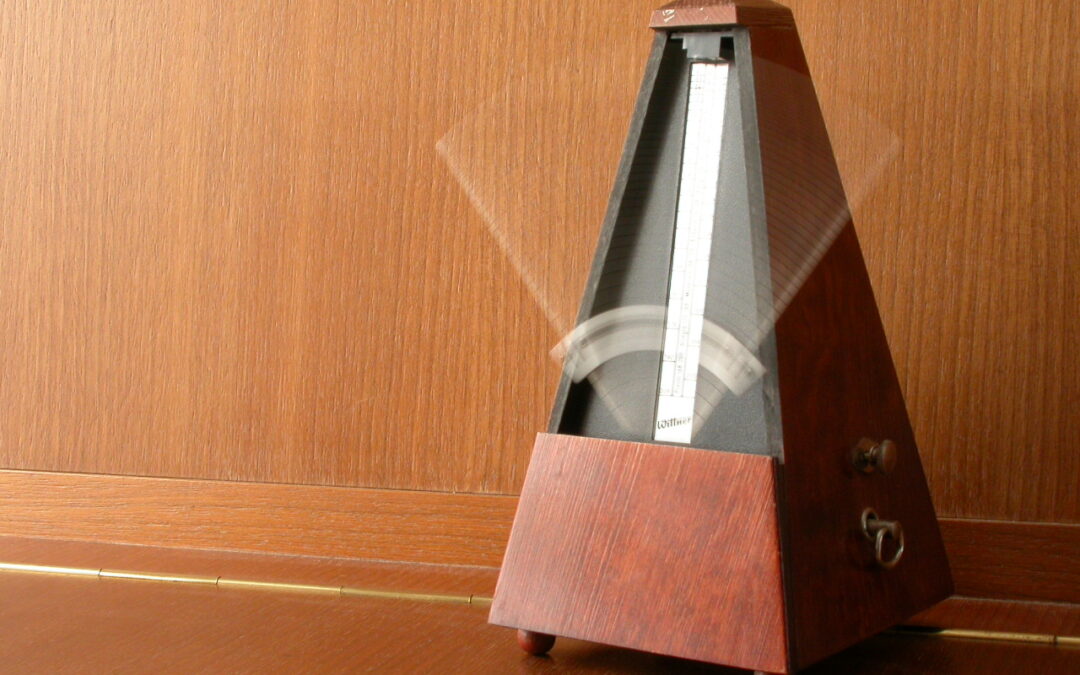Learning all about the Metronome
Taking piano lessons is one of the most rewarding and interesting hobbies people can take. Among other disciplines within the arts, piano students get from their music training much more than learning an instrument, as the piano can be taken as a multitasking discipline as encompasses the physical aspect, in which we practise every day to develop our muscle memory, we strengthen our fingers and also we make them more flexible and dexterous as well. We train our mental capacity to read and retain more information and to be accurate in regards to the duration of the notes and which notes to play from the information provided by the music sheet.
Related to the last topic, accuracy doesn’t come easy when we practise: we have to read the exact location of a note, its articulation, dynamic and duration (and this applies for both hands that usually are doing contrasting things between each other) this brings us to a necessary practice technique that every piano teacher knows very well: the metronome. This will definitively enhance your piano technique to levels you have not imagined.
As Maestro Juan Rezzuto states in his article “A metronome uses measured beats (or ticks) to keep the tempo in a piece of music. This improves the timing of the musician as they perform, and prevents some from either speeding up or slowing down.
Eventually, with frequent use, the pianist can listen for the tempo on their own. However, your metronome may make an appearance throughout your career as a musician.”
There are many metronomes now available: the old analogue one (the first one, the mechanical), the analogue and finally, and most common nowadays, metronomes can come in apps for free.
Which one is best for you?
It depends on the model. The mechanical ones offer the possibility to use it without batteries; with the digital ones, speed can be adjusted more easily and finally with apps you can even get polyrhythm option for the more advanced pianists.

